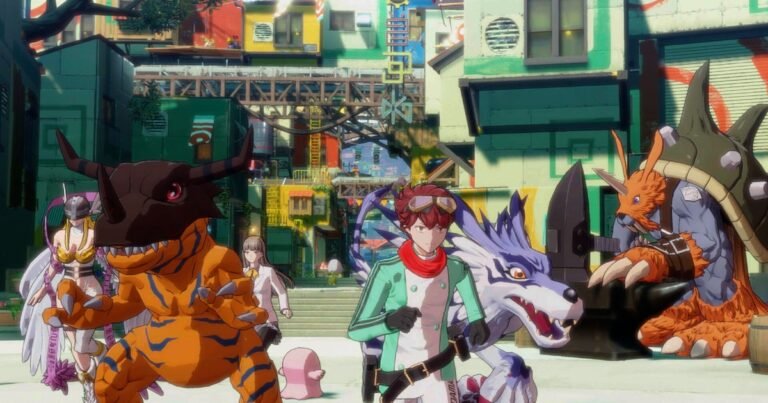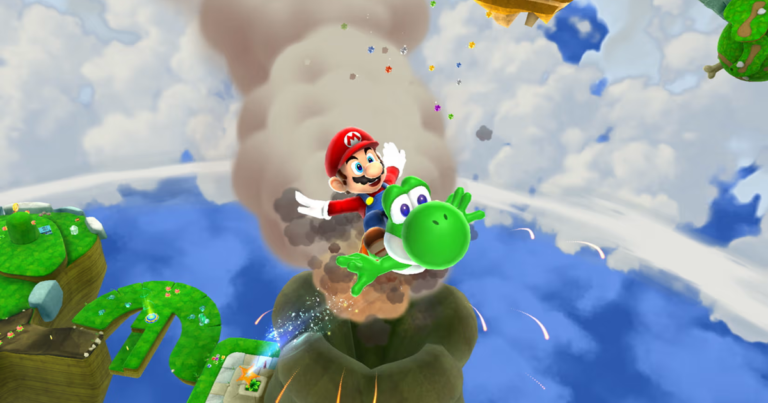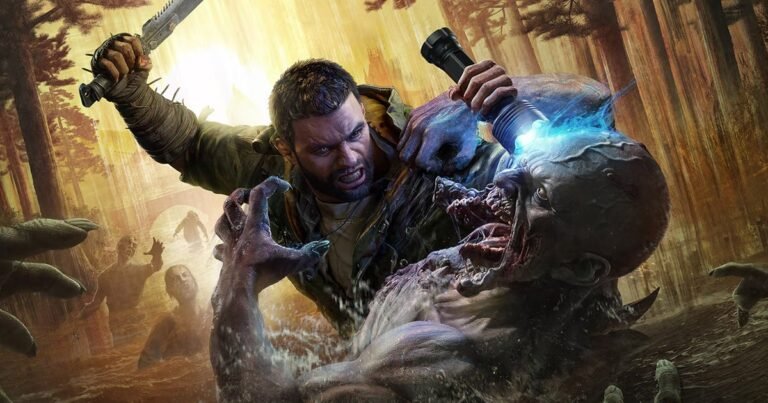
Sometimes we can imagine the ramifications that would occur if a certain historical event had not happened. In 2001, at the beginning of the year, Sega announced the end of Dreamcast production and its repositioning as a “third-party” producer. Super Monkey Ball became developed as a game for the GameCube, the first game programmed by Sega on a Nintendo console. But what would have happened if Dreamcast had been successful? Would we have played Yakuza on a Sega console? Would we be playing Like a Dragon on a current-generation Sega console, just like Super Monkey Ball Banana Rumble? The end of Dreamcast led Sega to become a “third-party” producer. The business somehow thrived through an adjacent path, and many of the series owned by the Japanese company thrived on other systems that were once considered rivals. Water always finds its course.
Super Monkey Ball on GameCube is synonymous with accessibility and challenge. It is one of those games that anyone can play. The controls are not complicated, and the player is required to move the capsules containing small monkeys as if they were hamsters on a wheel. The objective is simple: guide the capsule to the finish line, collecting bananas and other prizes along the way. Most platforms are elevated from the ground surface and lack side protections.
It requires a good deal of skill to reach the finish line in record time, collect as many bananas as possible while avoiding falls. The mazes are often authentic challenges, with ups and downs, vertiginous paths, bridges, and difficult-to-cross narrow connections. Like other arcade games, it is easy to learn and play but difficult to master when entering a high-level competition.
##A very cohesive and consistent production
It is interesting to note that Super Monkey Ball Banana Rumble was developed exclusively for the Nintendo Switch by the same studio behind Like a Dragon, the Ryu Ga Gotoku Studio. Perhaps for a good part of the day, the studio personnel are focused on improving street battles or adding neon lights to a nighttime establishment while in other hours, to relieve stress from altercations, they engage in local multiplayer races, refining platforms to see who is faster in overcoming obstacles. These are very different games tailored to different audiences. I believe that the appeal of Super Monkey Ball is greater due to the colors and the joy of spinning those capsules on moving platforms.
The game is fast, the physics feel good, and it recalls how Sega was one of the best in arcade games. Banana Rumble impresses with dozens of mazes and how they are edited. There is something specific in each level, something distinctive. In adventure mode, which can be played solo or cooperatively with up to four players online or locally connected, there are twenty worlds. Each world consists of ten levels, totaling 200 levels. You must complete at least half to reach the end of the story. The story may not be memorable, but it at least gives some meaning to the events portrayed in the brief cutscenes.
There is a time limit per level, but the execution is not always time-consuming, so you can constantly jump from one level to the next without improving the results. Achieving a high score requires not only skill but also training. It is good that the developers took care of the game by providing various options for more effective or player-preferred controls. From tilts to spins, a rapid movement that propels the ball with enough spinning force to knock down an obstacle or jump a gap between platforms, to the gyroscope for better board positioning, there are plenty of options to enhance the experience. Easy to learn but clever enough to master.
##An adventure in cooperative mode
The adventure can be played solo or cooperatively with other players, but it is in multiplayer mode and its different modes where up to a maximum of 16 players can participate. Banana Rumble’s multiplayer offers extensive options. Races, banana hunts, and battles with robots are some of the choices for those who want to play with friends, in a closed room through a password, or with opponents scattered around the world. To ensure there are enough players, bots can be added to the party.
Generally, the experience becomes interesting when teams are formed and the goal is to achieve the highest score possible, as happens in battles with robots. The “spin dash” strategy is crucial, as well as the use of speed ramps. Dexterity and skill are essential. In races, the length of the course and the various traps can cause additional difficulties, as well as the use of power-ups that can make the last ones explode with nerves.



